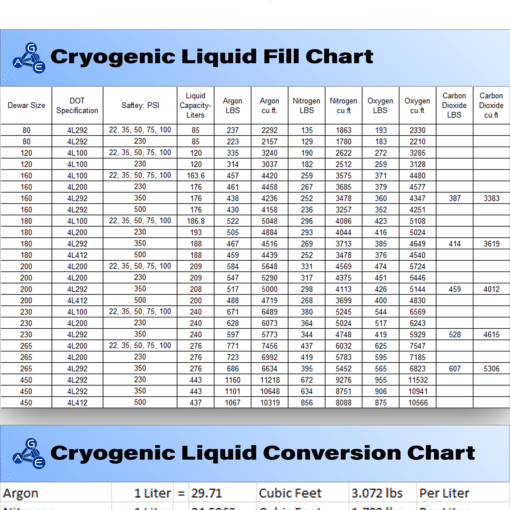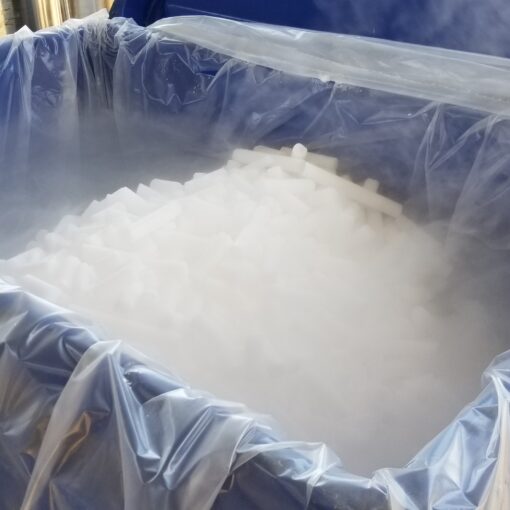Cryomaceration in Sacramento
Unveiling the Significance of Cryomaceration in Winemaking
ADVANCED GASES AND EQUIPMENT
Welding Supplies| Dry Ice | Industrial Gases | Cryogenic Liquids
West Sacramento | Placerville | Jackson
Winemaking is a delicate art that involves a meticulous process of transforming grapes into a rich and flavorful elixir. Among the myriad techniques employed by vintners, cryomaceration has emerged as a crucial method that contributes significantly to the quality and character of the final product. This process, involving the controlled use of low temperatures during maceration, plays a pivotal role in extracting the essence of grapes and shaping the distinctive attributes of the wine.
What is Cryomaceration
Cryomaceration is a winemaking technique that integrates the principles of cold maceration with the benefits of controlled low temperatures. Typically employed with red grape varieties, this method involves chilling the grapes to temperatures below the standard fermentation range, often around 0 to 10 degrees Celsius. The grapes are then allowed to macerate in their skins before fermentation begins, enabling the extraction of color, aroma compounds, and phenolic substances in a more controlled and nuanced manner.
Preserving Aromas and Flavors:
One of the primary advantages of cryomaceration lies in its ability to preserve and enhance the aromatic profile of the wine. By subjecting the grapes to cold temperatures, the volatile aromatic compounds present in the skins are retained, resulting in wines with a more pronounced and complex bouquet. This delicate process ensures that the wine captures the true essence of the grape variety, providing a sensorial experience that is both captivating and distinctive.
Color Extraction and Tannin Management:
Cryomaceration is particularly valuable for red wines as it facilitates optimal color extraction from the grape skins. The extended contact between the chilled grapes and their skins allows for a gradual release of pigments, resulting in wines with deep and vibrant hues. Additionally, the controlled extraction of tannins during cryomaceration contributes to the wine’s structure and aging potential. Vintners can manage tannin levels more precisely, creating wines that strike a harmonious balance between texture and flavor.
Improved Fermentation Control:
The use of cryomaceration also enhances the winemaker’s control over the fermentation process. By initiating fermentation at lower temperatures, winemakers can slow down the process, allowing for a more gradual and gentle extraction of compounds. This controlled fermentation contributes to the development of smoother and more elegant wines, with a refined structure that sets them apart from wines produced through conventional methods.
In the realm of winemaking, where every nuance can shape the final product, cryomaceration stands out as a technique that marries science and artistry. From preserving aromatic compounds to managing tannins and enhancing color extraction, this method empowers vintners to craft wines of exceptional quality and complexity. As consumers continue to appreciate the subtleties of fine wines, cryomaceration is likely to remain a cornerstone in the repertoire of techniques employed by skilled winemakers dedicated to pushing the boundaries of flavor and elegance in every bottle.




